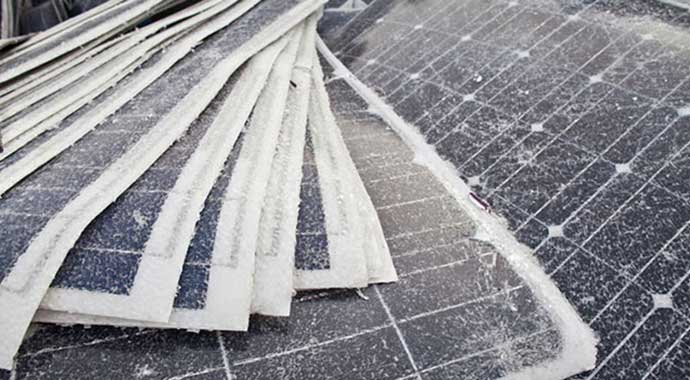By Jock Finlayson
and Denise Mullen
Business Council of B.C.
We all go to the store to purchase things – groceries, clothing, tools or the latest electronic gadget. During the global pandemic, an increasing share of shopping has shifted online. A few clicks and an item soon arrives at our doorstep.
We also often demand and receive services like education and medical care remotely these days. And natural gas and electricity almost invisibly are delivered through pipes and lines to heat and power our homes.

Jock Finlayson
However, we rarely ask where these goods and services ultimately come from, nor do we typically think about the raw materials used to make or provide them.
In the end, a large share of what people consume is sourced from something that’s grown from or exists on the Earth, which is then harvested, mined, processed, transformed and transported to the final user.
Making and shipping things requires energy, usually significant amounts of highly dense, portable, flexible and reliable fuels.

Denise Mullen
All fuels are derived in some way from the sun. It’s a matter of timing, since fossil fuels are the compressed detritus of animals and plants that expired long ago.
Once humans discovered fossil fuels, they were freed from the drudgery of finding fuel for cooking and heating. Later, people were able to rely on machines to replace back-breaking labour. Economic historians recognize that fossil fuels fostered a spectacular improvement in human living standards and enabled many other positive social advances.
But over time, the world has come to understand that using fossil fuels also carries a cost: greenhouse gas (GHG) emissions and air pollution. As a result, there’s much interest in renewable energy sources and their role in hastening the transition to a cleaner economy – one less dependent on coal, oil and other fossil fuels.
| RELATED CONTENT |
| The hazards of pursuing a green power utopia By Gwyn Morgan |
| Canada missing a critical opportunity in the LNG market By Mark Mile and Ven Venkatachalam |
| How Canada can help with the world’s growing LNG shortage By Deborah Jaremko |
Renewables – green or clean energy, as these words are used interchangeably – are a fabulous development. To start with, they produce zero GHG emissions.
But there’s a problem. What’s missing from the public and policy discussions around renewable energy and energy transitions is awareness of the enormous quantities of raw and fabricated materials needed to produce the solar panels, wind turbines, biofuels, electric vehicles, batteries and other products we hope will support the development of a less carbon-intensive energy system.
‘Clean’ machines and the resulting ‘green’ energy should be considered in relation to how land- and materials-intensive they are.
For example, a recent engineering analysis reveals that a 100 megawatt (MW) wind farm uses about 27,000 tonnes of iron, 45,500 tonnes of concrete and another 800 tonnes of non-recyclable plastics for blades.
And because wind can only produce electricity when the wind blows, it needs storage to meet consumer demand and ensure grid stability. As such, wind energy requires the construction of a utility-scale storage system, which also requires an immense amount of raw and fabricated materials.
Overall, some estimates suggest that a ‘clean’ electricity system may require three times as many machines to produce and store the same quantum of electricity generated by fossil fuels. Such a system also needs more physical space to capture the same amount of useful energy as is produced from other sources.
Then there is the waste, which isn’t recyclable for the most part.
For example, the International Renewable Energy Association predicts there could be 78 million tonnes of solar panels reaching the end of their useful lives by 2050, yielding annual solar e-waste of six million tonnes. That volume of solar waste could be two times larger than projected global plastics waste by 2050.
Reducing greenhouse gas emissions and mitigating the other harmful environmental effects of producing and using fossil fuels is important.
But before we buy into the simplistic narratives favoured by politicians promising a carbon-free energy Valhalla, we should insist on a more comprehensive analysis of the full cycle environmental and land use impacts of going ‘clean and green.’
The results will paint a much more complex and nuanced picture of what’s involved in transitioning away from the existing energy system.
Jock Finlayson is executive vice-president of the Business Council of British Columbia. Denise Mullen is director of environment and sustainability at the Business Council of B.C.
For interview requests, click here.
The opinions expressed by our columnists and contributors are theirs alone and do not inherently or expressly reflect the views of our publication.
© Troy Media
Troy Media is an editorial content provider to media outlets and its own hosted community news outlets across Canada.


